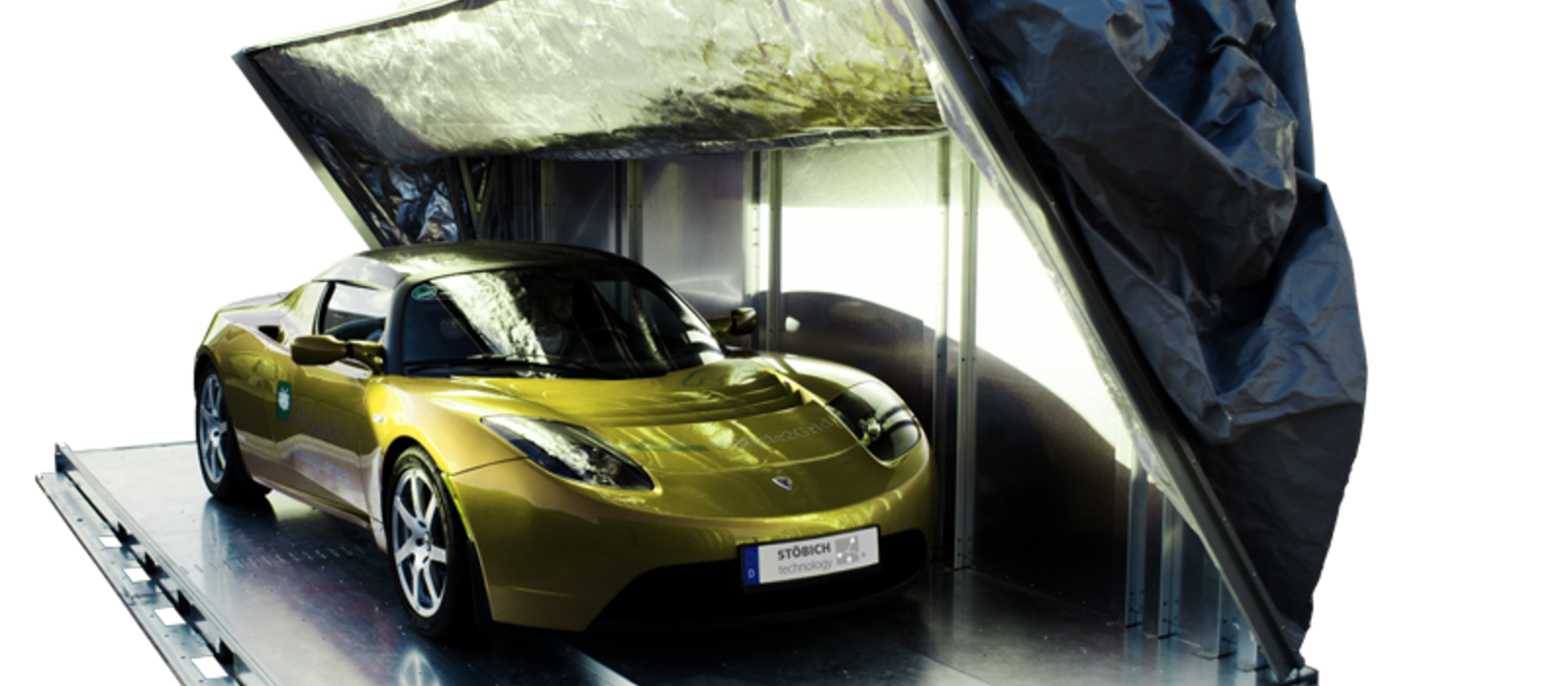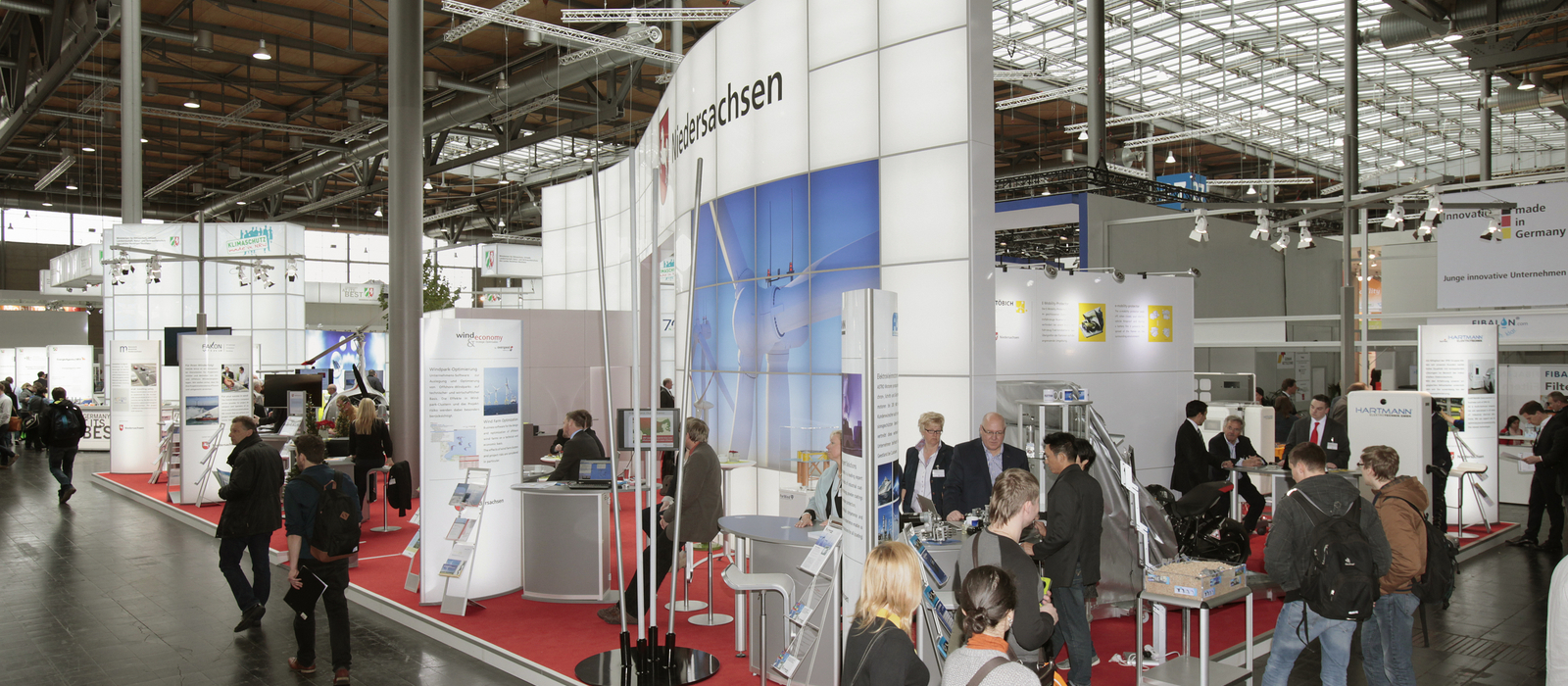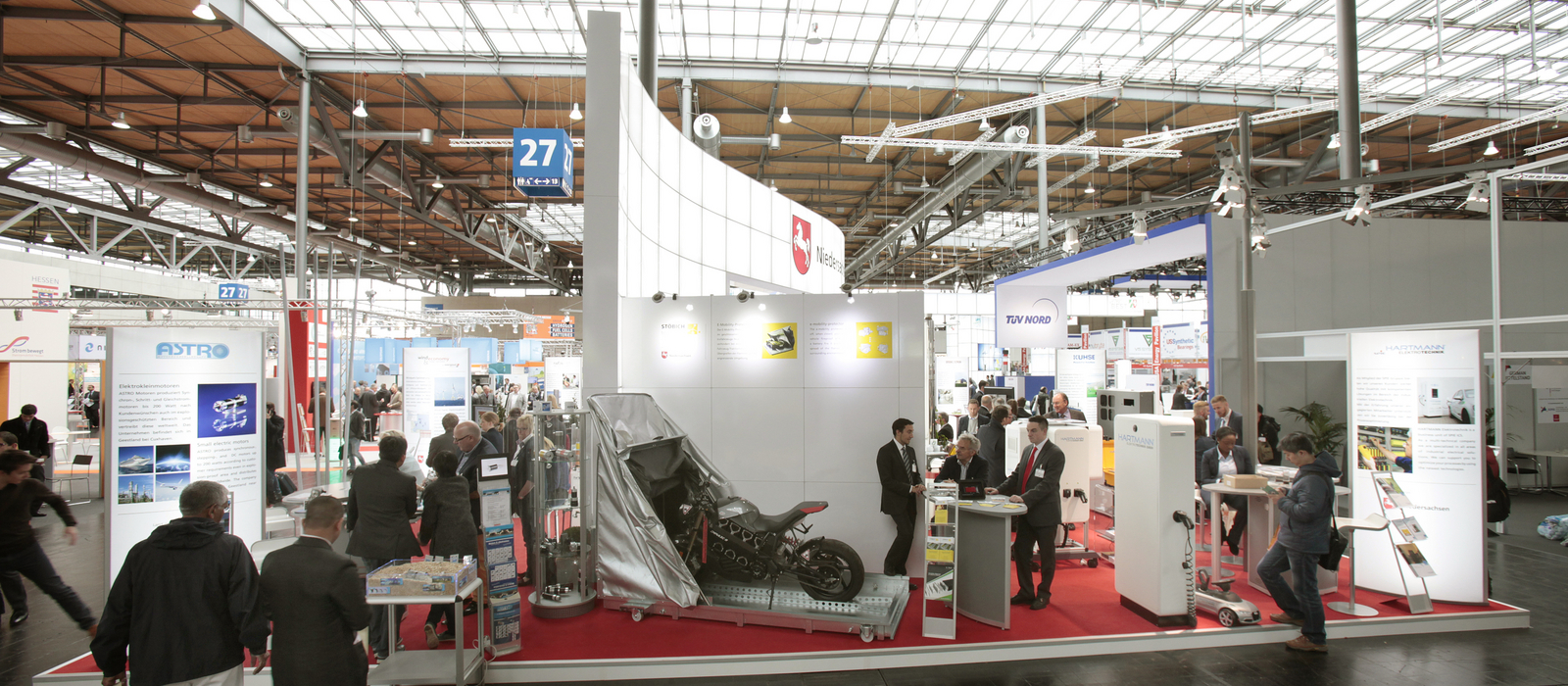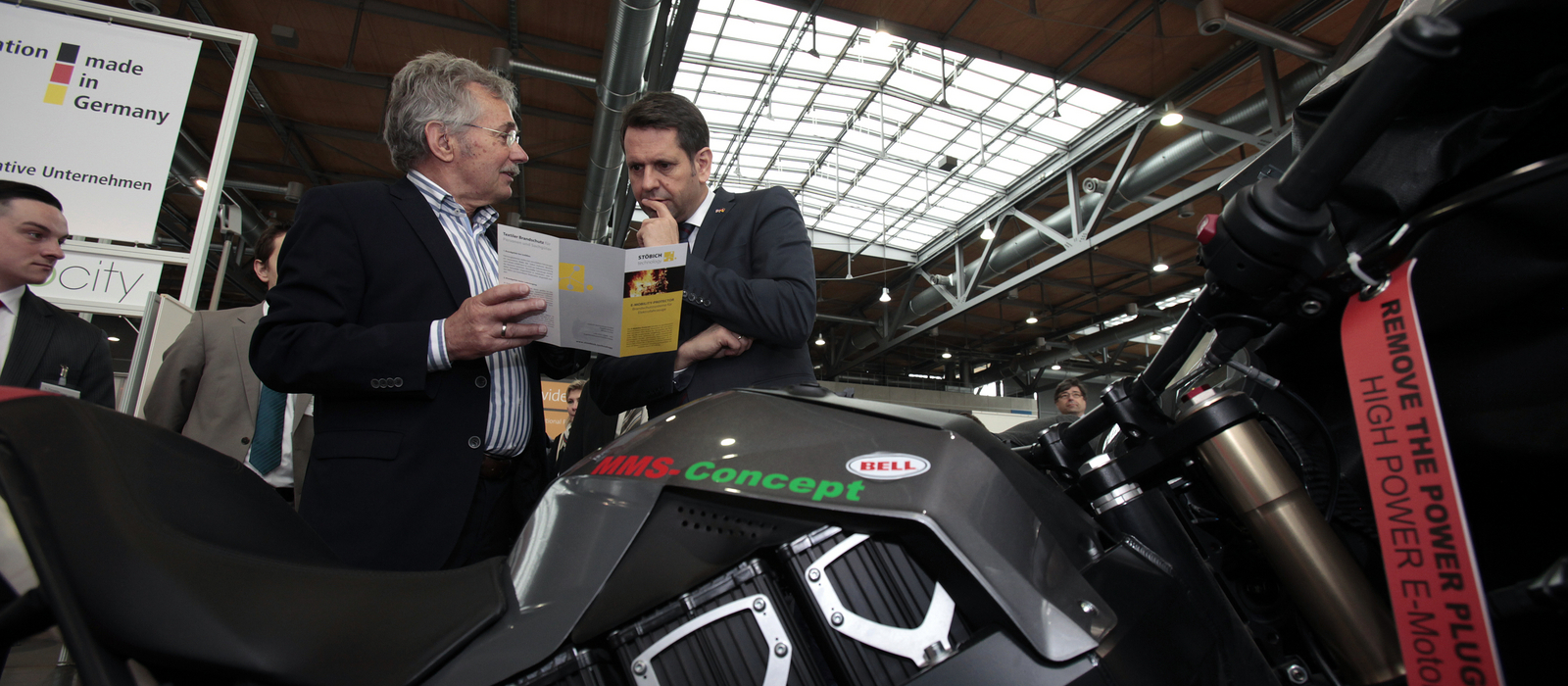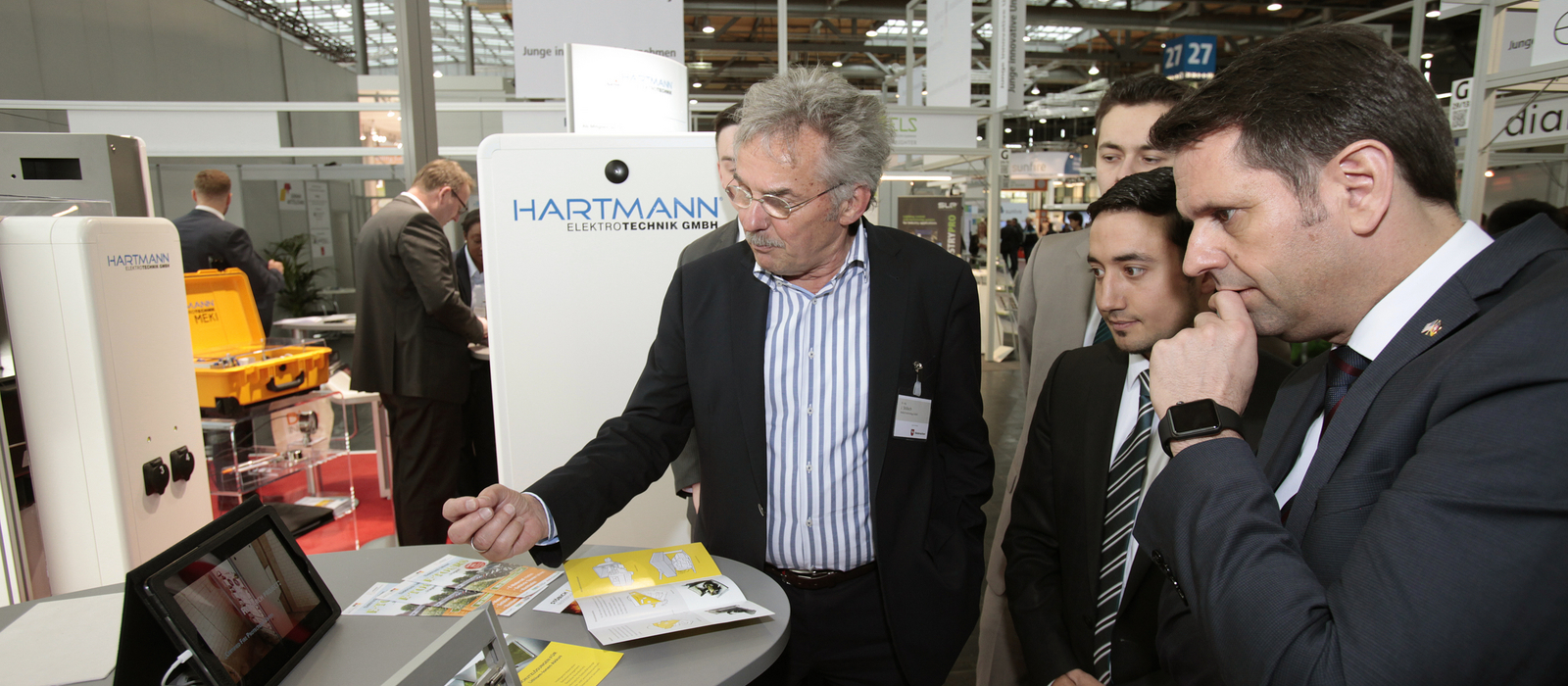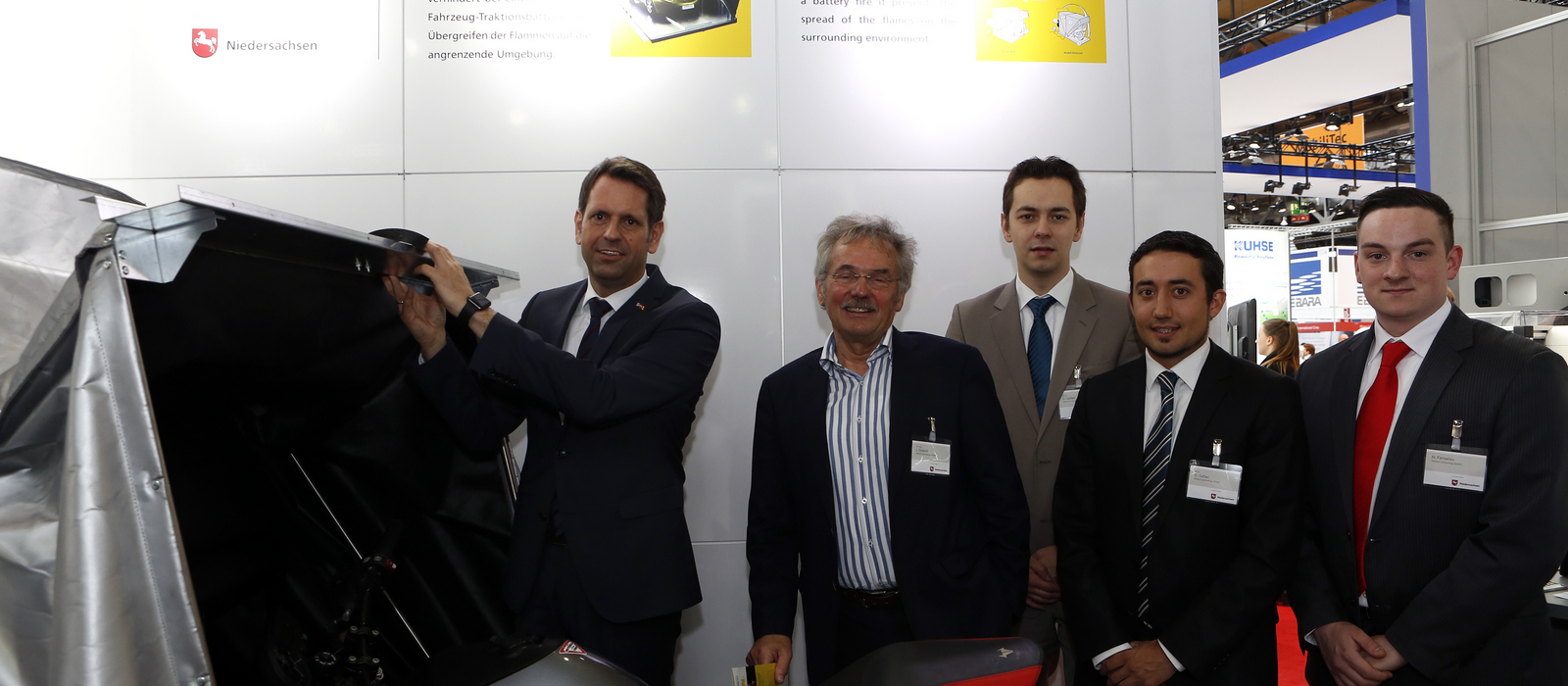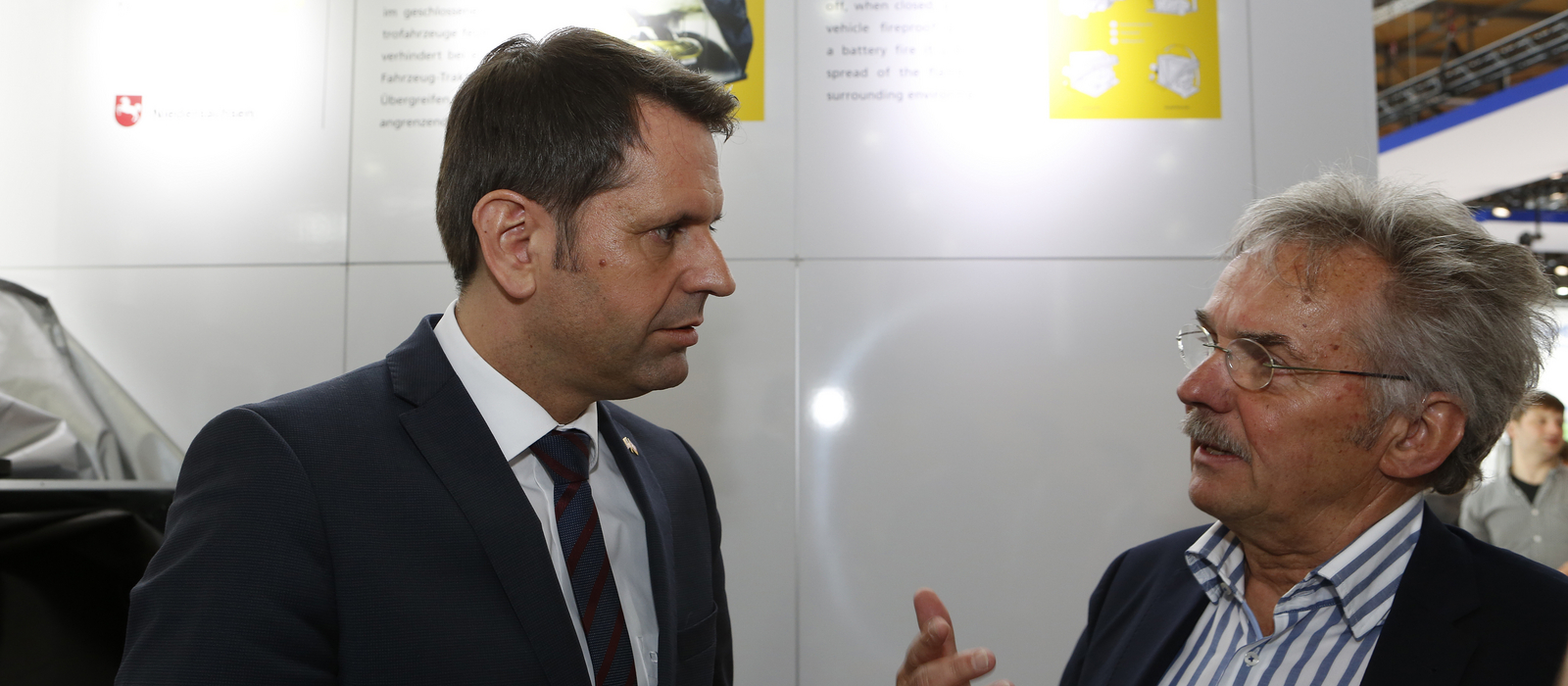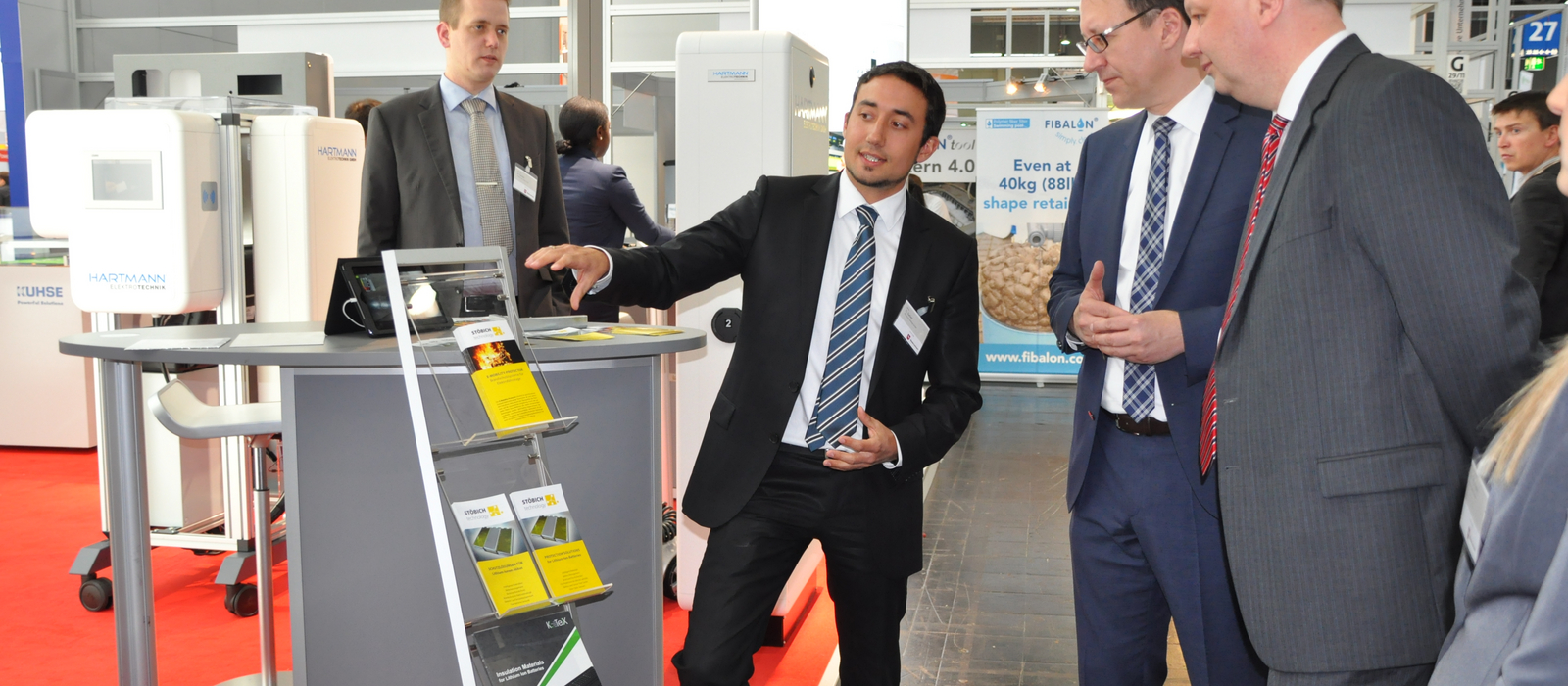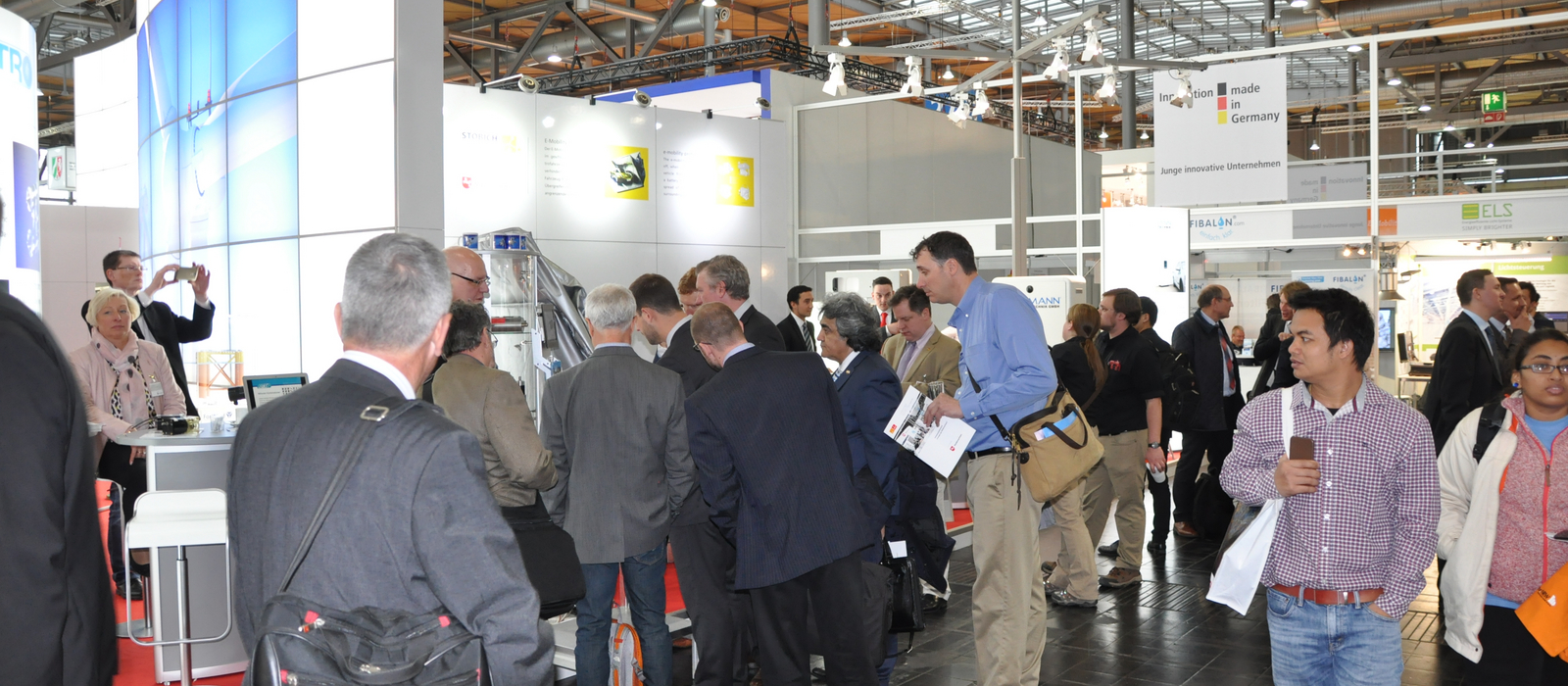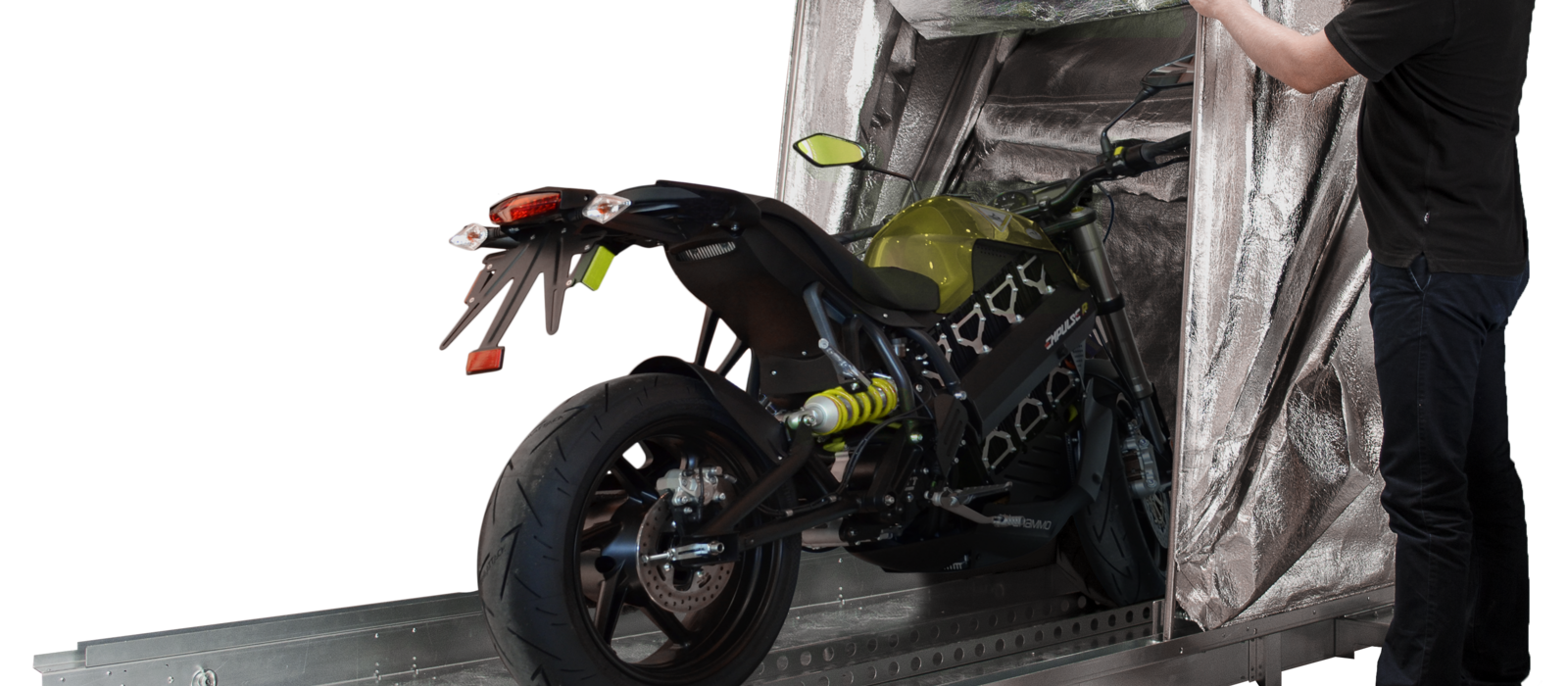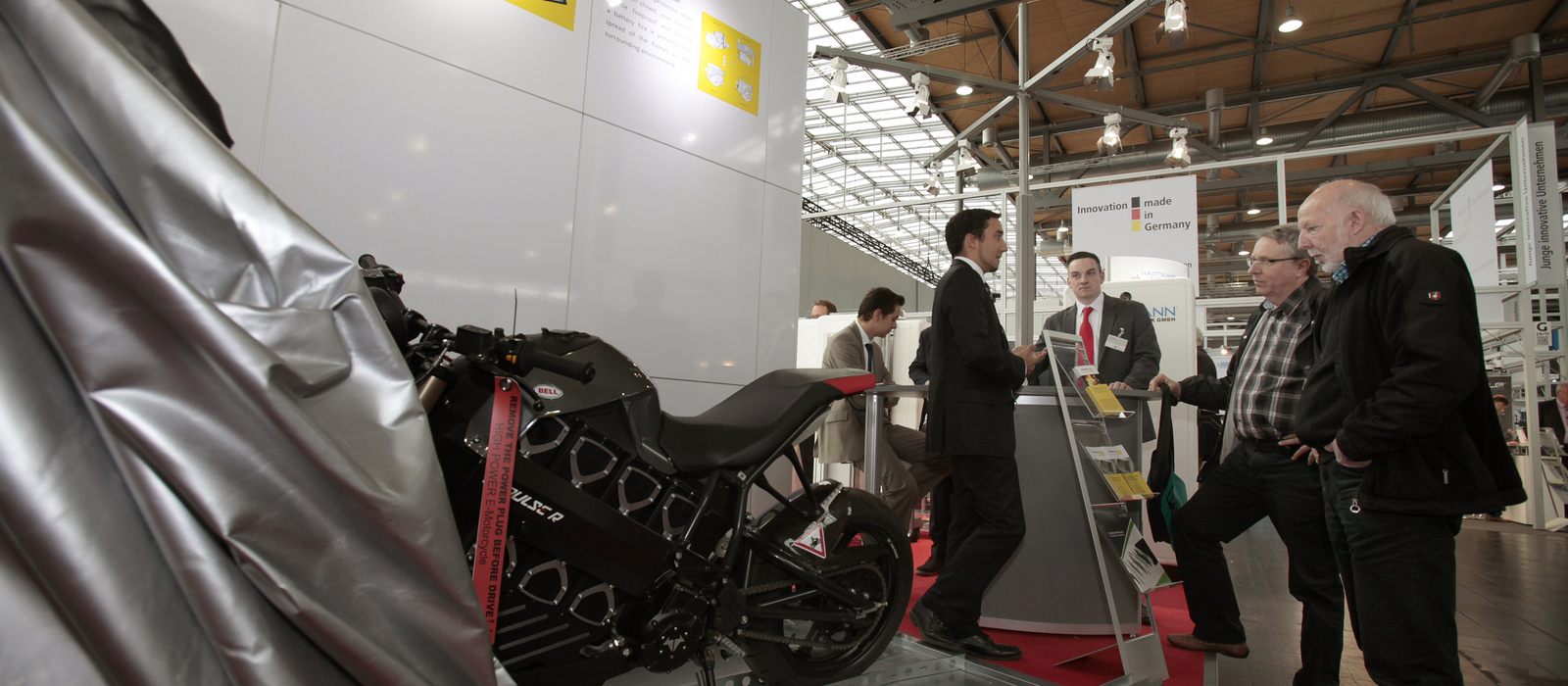
Risk of fire from lithium batteries
Fire protection for electric vehicles
If the government get their way, there will be one million electric vehicles on the roads by the year 2020. They are quiet, generate no emissions, are efficient and represent an environmentally-friendly alternative to the finite crude oil-based fuels; however the lithium batteries used in these vehicles pose a threat that should not be underestimated!
One million electric vehicles by 2020; a goal that, in light of the approx. 25,000 registered electric vehicles currently on the road (Source: Statista 2016), could be seen as quite a challenge. The number of registered hybrid vehicles, which have a combination of electric and combustion motors, is much higher at approximately 130,400 (Source: Statista 2016). Both vehicle types have one thing in common - they use an integrated storage medium for electrical energy; these are usually lithium batteries. However, the risks associated with these batteries are immense!
Sources of danger
Faults or damage to lithium batteries can quickly lead to fires that are very difficult to extinguish using conventional means. There may be a variety of causes for this. In the event of an accident, damage to the batteries cannot be ruled out. Likewise, batteries also age. Even a simple charging process can also have dangerous consequences; for instance, they can self-ignite even weeks after an accident. This is why manufacturers and insurance companies are increasingly focusing on preventive protection for electrical vehicles that have been involved in an accident. Also the creation of so-called dendrites cannot be prevented as the batteries age. These are electrochemical deposits that can become attached to the electrodes of the battery and grow into small needle-like structures. The worst case scenario here is that the system short circuits. And, despite modern battery management systems, overcharging still cannot be completely ruled out if an electric vehicle remains connected to the charging unit overnight.
Fire protection solution for lithium batteries
The company Stöbich has come up with a possible solution for this problem - the new E-Mobility-Protector. The textile fire protection system, which was recently presented at the Hanover Fair, securely shields electric vehicles from fire when closed, and prevents flames spreading to the surroundings if the battery catches fire. The simultaneous targeted filtering or discharging of the ensuing battery gases also prevents any serious physical harm or damage to building structures. The company presented the E-Mobility-Protector for shielding faulty electric vehicles or those involved in an accident at the shared Lower-Saxony exhibition stand at the Hanover Fair. Even if the list of visitors to the exhibition stand did not include Mr. Obama, we were visited by many political guests, for instance the Minister for Economy, Work and Traffic in Lower-Saxony, Mr. Olaf Lies, and Dr. Stefan Birkner (former Minister for the Environment, Energy and Climate protection in Lower Saxony, and the vice chairman of the FDP) and also Mr. Jörg Bode (former Minister for Economy, Work and Traffic in Lower-Saxony) who were all interested in the innovative system solutions.
(David Geber / Stöbich technology GmbH / Photos: © heinrichson photos!)

